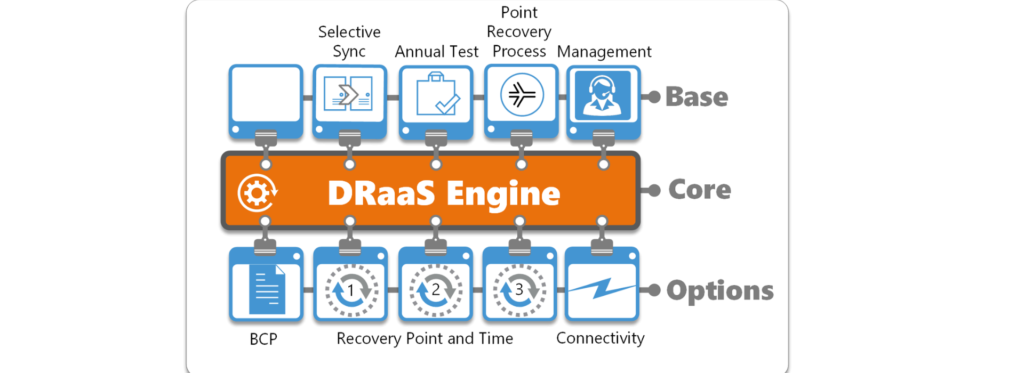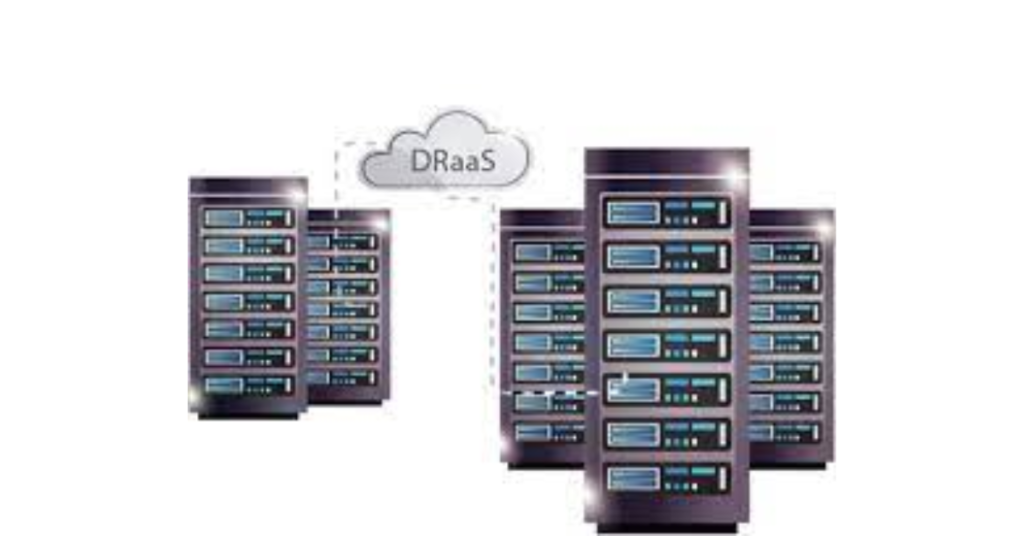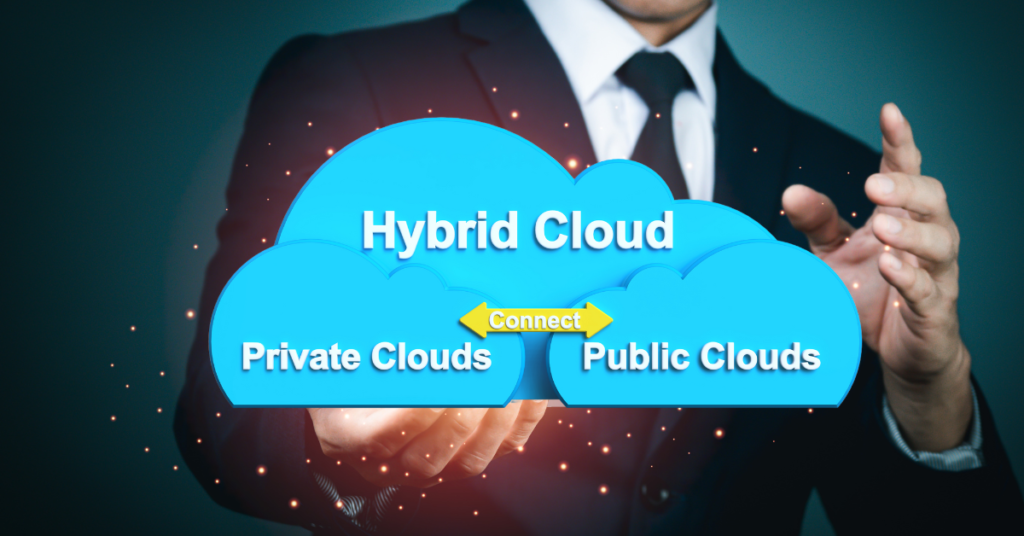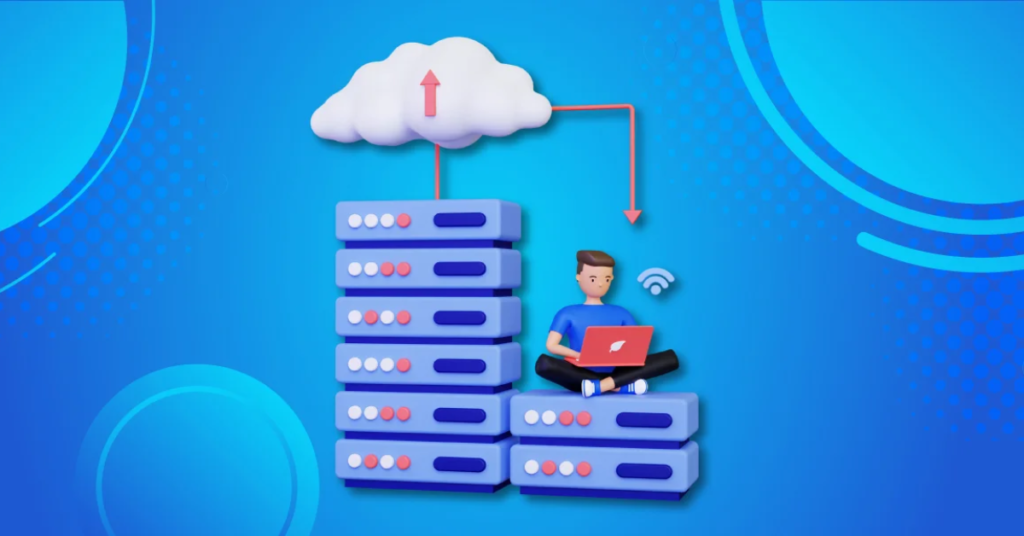In today’s modern world, where the concept of business is dynamic with the help of advanced technology, there are many risks. Due to this, Disaster Recovery as a Service (DRaaS) has become a solution that ensures business continuity and reduces time loss. DRaaS provides organizations with a secure solution to remediate their infrastructure and information to functionality after unexpected circumstances. In this guide, let’s discuss what DRaaS is, the components of DRaaS, and how we can provide the right DRaaS solution for our client using private cloud, cloud solutions, IT services, and cloud infrastructure.
What is DRaaS?
DRaaS stands for Disaster Recovery as a Service; it is a cloud service that enables businesses to have the tools to resume the operation of IT systems, applications, and data after any form of disaster or system crash. It allows them to create copies of everything in their environment: servers, databases, and applications, and recover these with ease in case of a disaster such as malware attacks, system crashes, or disasters.
Key Features of DRaaS for Businesses:
- Private Cloud Solutions: Using a private cloud base helps to achieve more security during data recovery as a service, as the data will be stored there, separating it from any other information. Private cloud solutions provide business assurance that essential data is within an environment that is secure from other corporations.
- Cloud Infrastructure: DRaaS is extended with cloud infrastructure so that businesses rely on flexible scale and virtual machines for redundancy and high availability. Cloud structure guarantees your IT systems are easily accessible from any part of the world, reducing downtime in cases of emergencies.
- Hybrid Cloud Solutions: A large number of organizations have adopted hybrid clouds where public or private cloud solutions are in conjunction with on-premise IT infrastructures. DRaaS in a hybrid environment helps businesses supplement traditional internal IT infrastructure for disaster recovery while still retaining the advantages of a public or private cloud scale-out.
- Cloud Migration Services: Cloud migration is one of the standard services most associated with DRaaS, where the business moves its data and applications to the cloud. This not only helps to scale but also helps with faster recovery as data backup and application hosting are off-site.
- Data Security in Cloud: Regarding data security in the cloud, DRaaS providers make sure that the business information is safe through encryption, access control, and multi-step authentication. This dramatically prevents people from accessing your data who are not supposed to and also ensures that your data is safe during recovery.
- Cloud Storage Solutions: DRaaS relies on cloud backup solutions as backups can be stored in cloud storage solutions. These solutions offer highly expandable solutions to cater for more storage that is still secure enough to store the business data safely, and in case of data loss, the business has enough space to recover the data securely.
- Cloud Scalability: As a subset of cloud computing, DRaaS must be able to scale when needed, which is an important feature. It enables businesses to access sufficient IT capacity during the recovery to feed their operations and will allow them to carry on without disruption.
- Managed VPS Services: Some DRaaS vendors also offer managed VPS services, which are entirely outsourced virtual environments where companies can deploy their key applications and backups with possible quick and secure options.
Benefits of Implementing DRaaS:

- Business Continuity: DRaaS makes sure your business keeps running regardless of the disruptions, and they also blocks you from losing considerable business time.
- Reduced Recovery Time: Cloud-based DRaaS enables companies to recover their IT systems and data rapidly and sharply, unlike on-premise solutions for DRaaS.
- Scalability: The extended capacity for every DRaaS solution based in the cloud helps organizations adjust resource availability efficiently during peak periods or in case of unexpected growth.
- Cost-Effectiveness: DRaaS makes disaster recovery less expensive than other traditional ways, such as procuring off-site data centers and hardware and reducing the cost of maintaining them.
- Enhanced Data Security: Cloud solutions have numerous advantages to businesses, one of which is that the system has reinforced security, which means data is safe when stored as well as when in transit.
Why Choose Cevious for DRaaS?
Previously, being among the front-runner providers of cloud solutions, we have stout DRaaS services that meet your business requirements. This is through Private Cloud, Cloud infrastructure, or Hybrid Cloud solutions where Cevious makes sure that companies large and small will not lose their critical IT systems during calamities. Furthermore, with continuous cloud migration services, data security, and cloud storage, the company ensures your data and IT systems are protected, flexible, and easily restorable.
Conclusion
Whether this is your organization’s first experience of migrating some or all your IT resources to the cloud or you wish to optimize your DR strategy by implementing DRaaS, Cevious has the knowledge and tools to assist. To that end, we will engage your business and establish a close working relationship with your IT department to ensure that the strategy developed suits your organization’s operations in terms of data and application protection.



